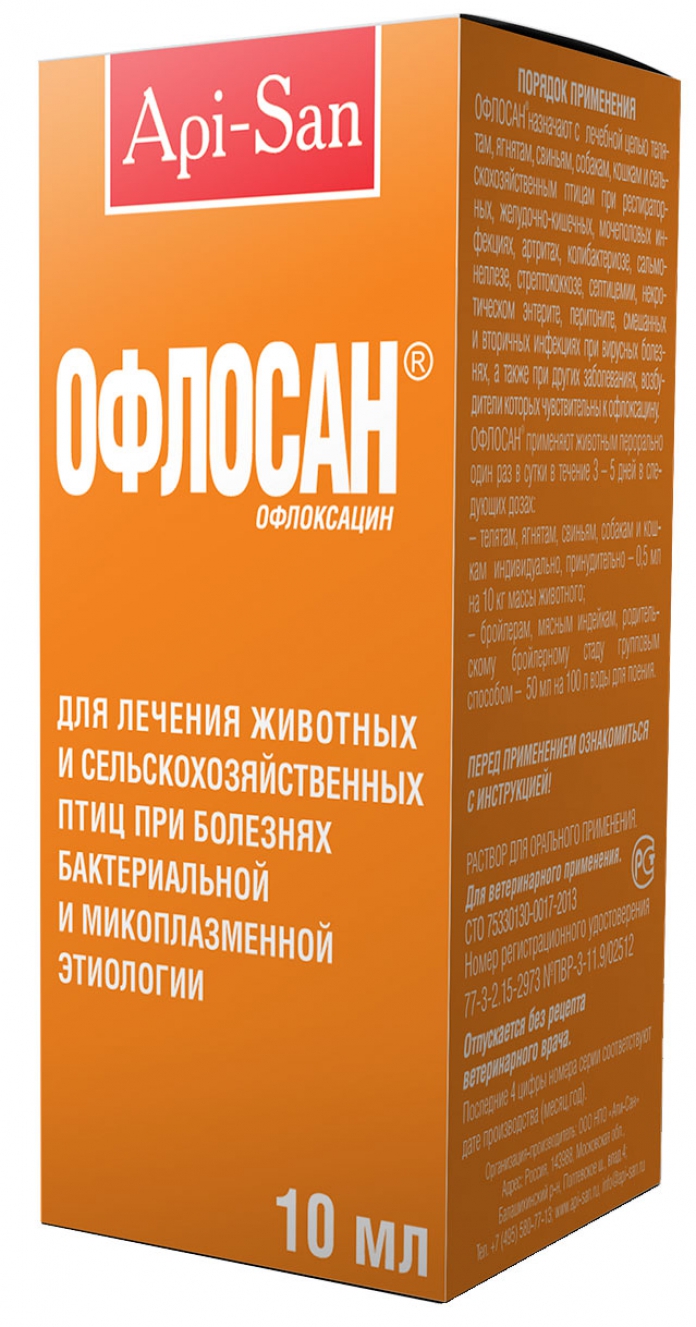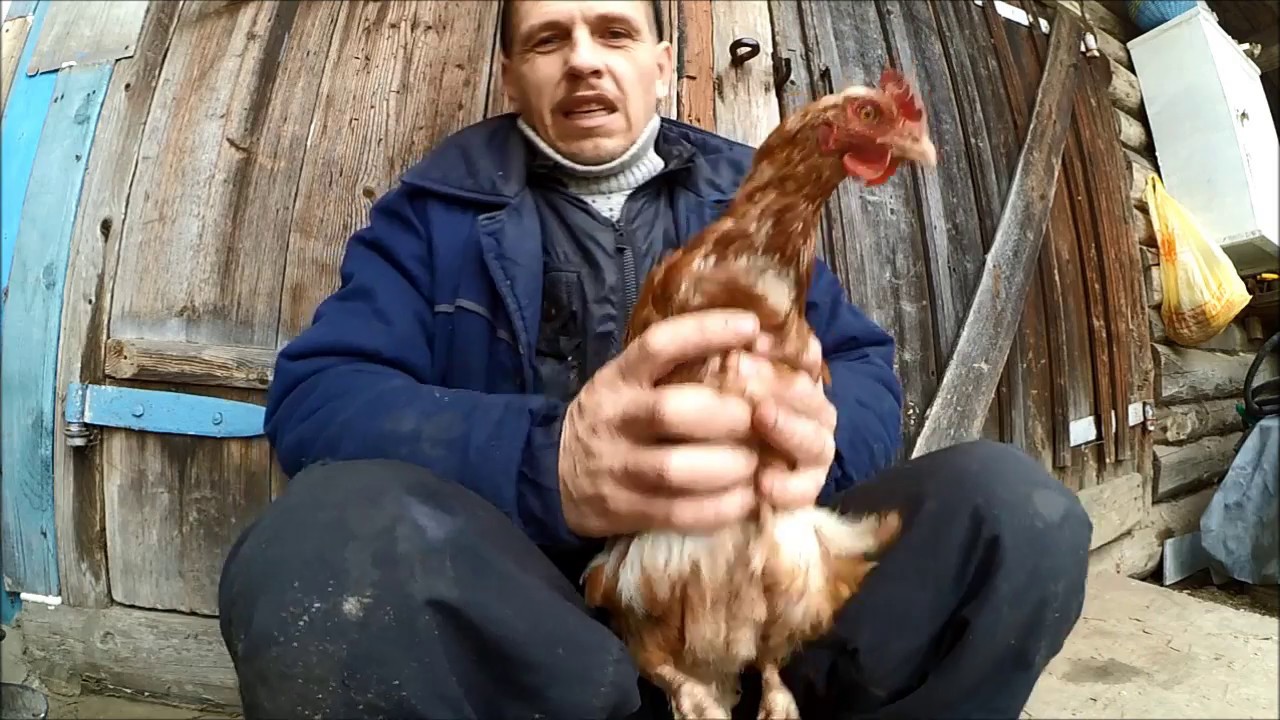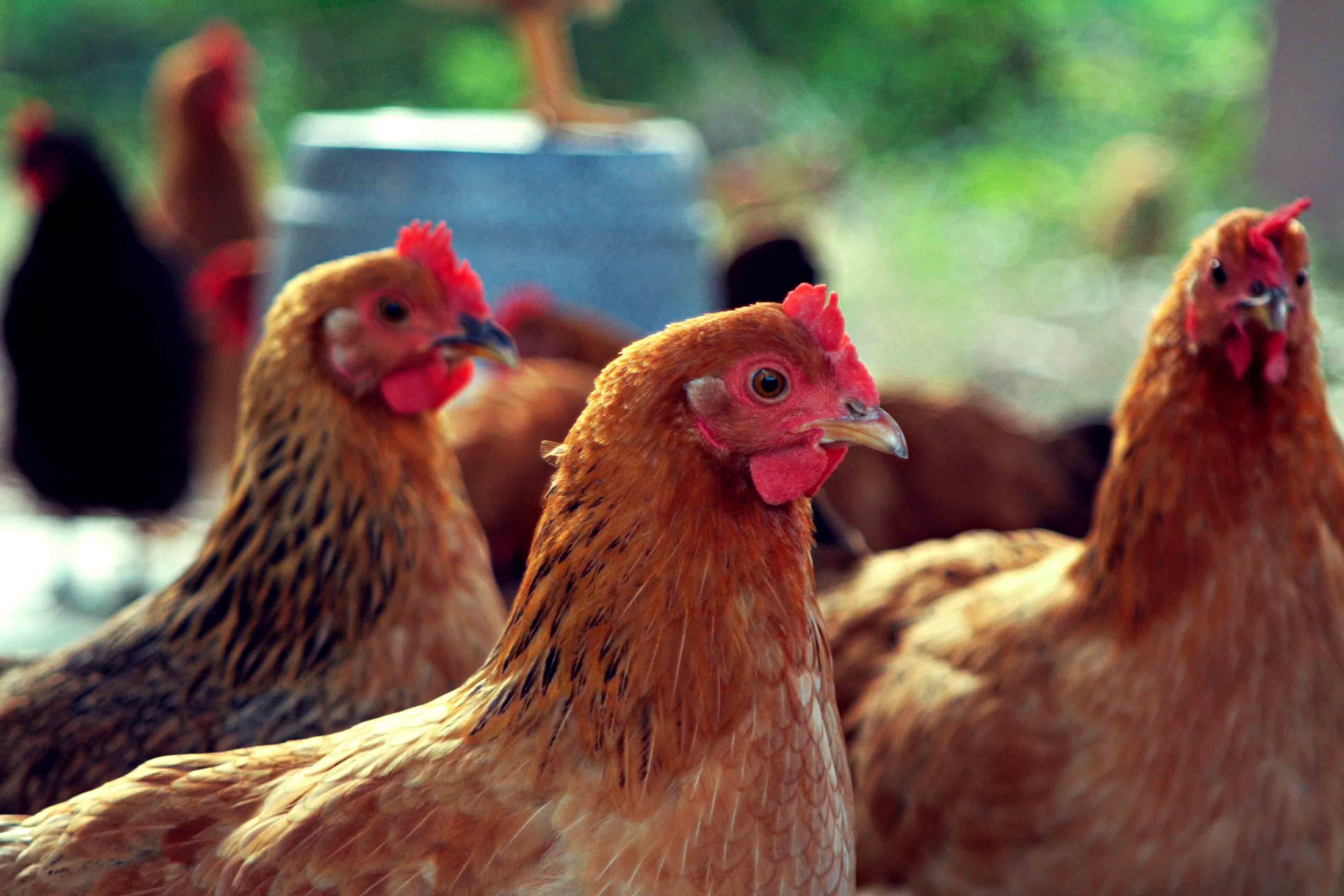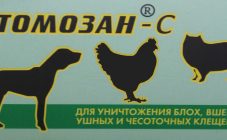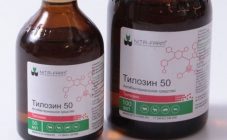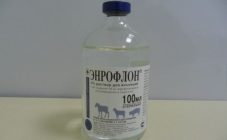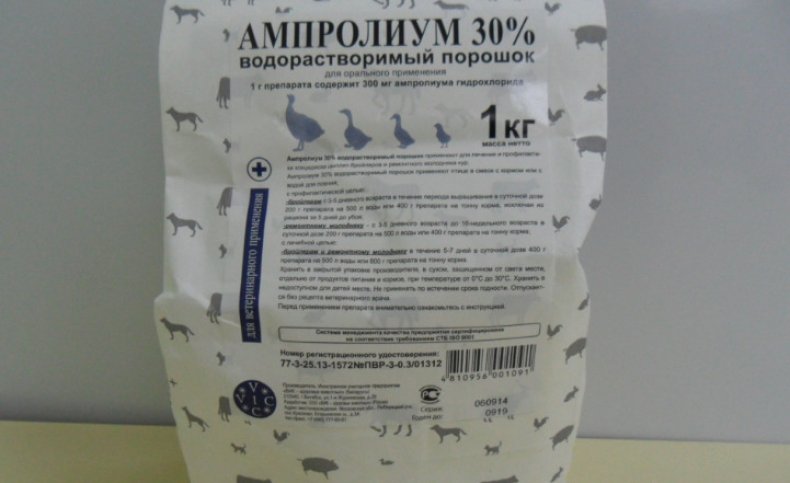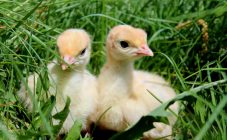Content:
Chickens of all breeds and species are susceptible to bacterial and viral infections. Timely vaccination, implementation of preventive measures and regular maintenance of the required sanitary and hygienic level do not always protect against disease. If the development of the infection has already begun, measures should be taken immediately to treat the infected individuals. Antibiotics will help in this matter, among which oflosan for chickens is an effective and safe broad-spectrum agent.
Oflosan for hens and chickens - general information
The drug Oflosan (oflosan) is a broad-spectrum antibiotic, the active ingredient is ofloxacin. The agent belongs to the group of second generation fluoroquinols and acts directly on the DNA of pathogenic microorganisms, due to which it causes their death and makes reproduction impossible.
The drug is effective for the following poultry diseases:
- bronchitis, pneumonia, colds (wheezing, discharge from the nostrils, cough);
- enteritis;
- colibacillosis;
- arthritis;
- salmonellosis;
- streptococcosis;
- digestive system infections;
- other diseases of bacterial etiology.
Oflosan for broiler chickens is used to prevent morbidity and mass mortality. The antibiotic is used in the event of isolated cases of disease in the herd to prevent spread. A healthy herd is fed with a course in a prophylactic dosage after isolation of diseased individuals.
Description and characteristics of the drug
Oflosan is a fluoroquinol veterinary drug used in the treatment and prevention of diseases in poultry, cows, pigs, sheep and other animals. The release form differs from manufacturer to manufacturer.
Most popular options:
- for a small herd - glass vials with ofloxacin solution, 5, 10, 20 ml in a cardboard box;
- for mass treatment - glass containers with a solution for drinking, 500, 1000, 1500, 2000 and 3000 ml in a cardboard box with instructions.
The drug is prescribed in veterinary practice for the treatment of infectious diseases caused by the following pathogens:
- klebsiella;
- salmonella;
- colibacilli;
- shigella;
- enterobacteria;
- proteus mirabilis;
- campylobacter;
- Pseudomonas aeruginosa;
- hemophilic sticks;
- mycoplasma;
- staphylococci.
Used to kill bacteria insensitive to antibiotics of the penicillin series. Prophylactic and therapeutic dosages differ significantly.
Mechanism of action
After ingestion, the active substances of the drug penetrate the bloodstream for 2 hours, by which time the concentration of the drug in the blood reaches a maximum. At this moment, the antibiotic begins its action - it binds to the DNA of pathogenic bacteria, deactivates the ability to reproduce, thereby preventing the development of infection. Within 24 hours, it is completely excreted from the body in a natural way - through the kidneys and with feces.
Instructions for using the drug
The instructions for use describe how to supply oflosan to chickens. The manual that came with the antibiotic vial describes the dosages for each situation. Oflosan for chickens and adults is dosed according to a special scheme, taking into account the purpose of the intake. The standard dosage and method of use of the drug for broiler chickens and adults is described in the table
| Age | Treatment | Prevention | Mode of application |
|---|---|---|---|
| Chicks | 0.5 -1 ml / 10 kg weight | 0.5 ml / 10 kg body weight | Inside, after dissolving at the rate of 0.5-1 ml per 1 liter of water. Drink for 3-5 days for prevention. In the case of treatment, the duration of the course can be 7-14 days. |
| Adults | 1 ml / 10 kg body weight | 1 ml / 10 kg body weight | A similar filing method. 1 ml of the drug dissolves in 1 liter of water, which is poured into the system of drinking bowls, or in a container for liquid. |
For weakened birds, there are exceptions - you can pour the dissolved antibiotic directly into the beak three times a day for 3-5 days. It should not be diluted in such a large amount of water, but one must proceed from the calculation of the amount per 1 kg of weight. For example, if a chicken weighs 2 kg, then its dose per 1 dose is 0.2 ml. 3 doses - 6 ml per day. There are other nuances regarding antibiotic treatment for layers that the poultry farmer should keep in mind.
- If the bird is taking antibiotics for an extended period of time (this is the practice in poultry farms due to overcrowding and too dense planting), you should periodically take breaks and change the drug. Over time, with regular consumption, pathogenic bacteria acquire resistance to the active substance of the drug.
- If therapy of infectious diseases is carried out, it is imperative to isolate sick individuals, and drink the rest of the herd for prophylaxis for 3-5 days.
- When laying hens are taking the antibiotic oflosan, it should not be supplemented with other medications. Firstly, this increases the toxicological load on the liver, and secondly, the drug is poorly combined with other veterinary drugs.
- If after antibiotic therapy it is planned to slaughter poultry, this should be done no earlier than 11-15 days so that the remains of the antibiotic are completely eliminated from the body. Otherwise, eating the meat of such chicken is not safe for humans.
Oflosan rarely gives side effects, provided that the drug is used for a short time and in the recommended doses. But, when served through drinking bowls for sick chickens, tormented by thirst due to intoxication syndrome, cases of overdose are possible. Overdose symptoms:
- diarrhea;
- weight loss due to severe dehydration;
- violation of orientation in space;
- worry for no reason.
If such symptoms are found, you should stop giving the antibiotic and drink with clean water. For quick recovery, enterosorbents (activated carbon and others) can be given, and with dehydration, the balance of electrolytes can be restored with a solution of salts (a balanced potassium-sodium composition, for example, rehydron).
The described measures are performed in case of poisoning, but if the negative reaction of the bird's body is not associated with antibiotic intoxication, we are talking about intolerance. In this case, oflosan is replaced by analogs. Effective substitutes for the drug used in poultry farming:
- Biomycin;
- Baytril.
The duration of treatment with these drugs is the same - from 3 to 5-7 days. Reception scheme:
- Biomycin - dilute 1 mg in 1 liter of water and water the layers;
- Baytril - 10% solution is diluted in water at the rate of 1 ml per 1 liter of water and sick individuals are drunk.
Tips from experienced poultry farmers
Most bird diseases can be easily prevented. Experienced poultry farmers recommend following the prevention guidelines described below.
- Periodically disinfect the house.
- Monitor the hygienic state of the hens' home, regularly carry out scheduled general cleaning.
- Eliminate the possibility of contact with wild birds.
- Ensure safety from rodents that carry dangerous diseases.
- Monitor the herd on a daily basis and immediately isolate the sick when the first symptoms of the disease are detected.
- After isolation of diseased individuals, it is necessary not only to carry out antibiotic prophylaxis, but also to sanitize.
- Wash drinkers and feeders regularly in a disinfectant solution.
Antibiotics are only effective for bacterial infections. For parasitic and viral infections, drugs of a different type are used, although antibiotic therapy can also be used to prevent complications. With proper use and the absence of contraindications, the antibiotic effect is noticeable after 3 days of use.
